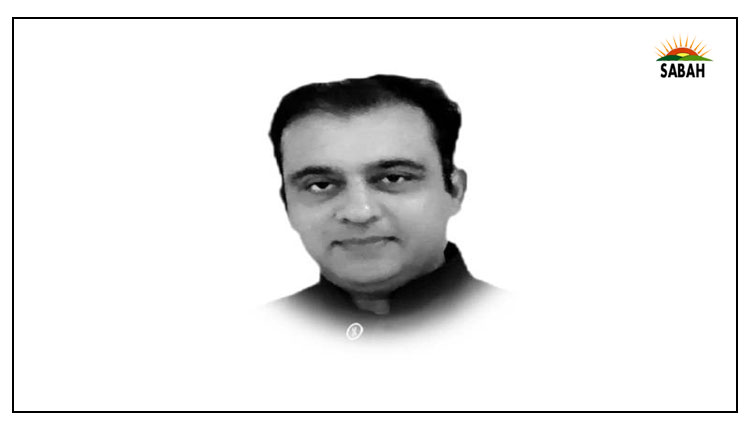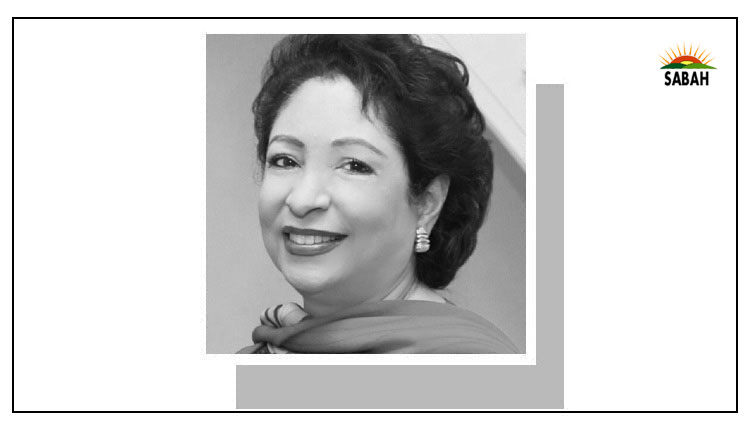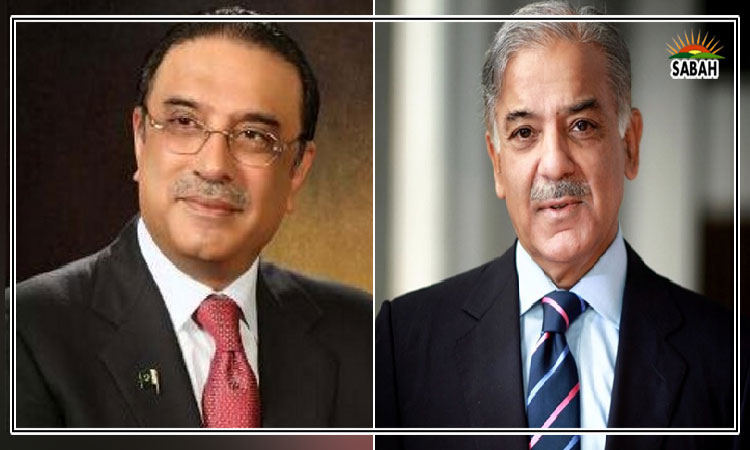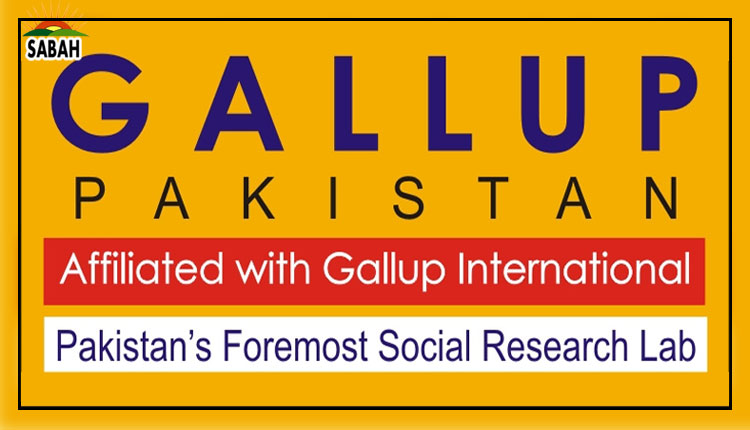80% of Muslims population out of two billion concentrated in 57 OIC member countries: Gallop Report Reveals
ISLAMABAD, March 25 (SABAH): According to census data compilation from World Bank development indicators, 2020, there are almost 2 billion Muslims in the world among them 80% of Muslims are concentrated in 57 countries who are members of OIC (Organization of Islamic Countries) whereas 20% live in the remaining 118 Countries
According to Gallop and Gilani research report Most but not all of 57 members of OIC are Muslim Majority countries. The proportion of Muslims in these countries ranges between 99% (Turkey) and 12% (Uganda) However, 92% of the OIC-57 population reside in countries where Muslims are more than 50% of the local population.
The OIC-57 span all continents, Asia, Europe, Africa, and America
OIC-57 has an interesting mix of Muslim societies living in a blend with societies of other civilizations of the world.
They comprise 20% of the Muslims worldwide.Muslim majority are approximately 400 million. There are 107 countries excluding OIC states where the Muslim community is more than one million. The total population of the OIC-57 urban world is 642.62 million.
The United Nations system instituted in 1944 is based on the nation-states which is a useful way of interacting in world affairs. In theory, all of its 175+ members (200+ including what are sometimes referred to as micro-states owing to very small population) are ‘sovereign’ and equal which is a helpful concept to build a ‘society of states.’
As an institution of the age of modernity the United Nations is a ‘constructed’ entity and ‘an administrative’ spirit when it comes to deeper and historically rooted affinities, we find that the world population turns to other forms of groupings.
The monopoly of either ‘state’ or ‘civilization’ over any ‘identity’ and ‘rule in public affairs’ is a source of undesirable tension rather than harmony
The definitional problem of civilizations arises from their very nature. Civilizations are not an administrative unit comparable to states. They are not a structure with precise organizational rules and leadership nor are their dividing lines and continuity and discontinuity of the same nature as in states.
During the last century we can trace four seminal writings on the subject of civilizations – Arnold Toynbee (a study of civilizations), Osward Spengler (decline of the west), Braudel (civilization and capitalism), and Samuel Huntington (clash of civilizations).
All four have identified the following four as the largest contemporary civilizations – Christian, Islamic, Hindu, Sinic – in terms of the number of their adherents these four comprise the vast majority of the contemporary world population.
During the early decades of the 21st century, we should include a fifth large civilization which would best be described as the no religion (a-religious) civilization our larger study, the one going beyond the Muslim world, takes up these issues in greater detail.











